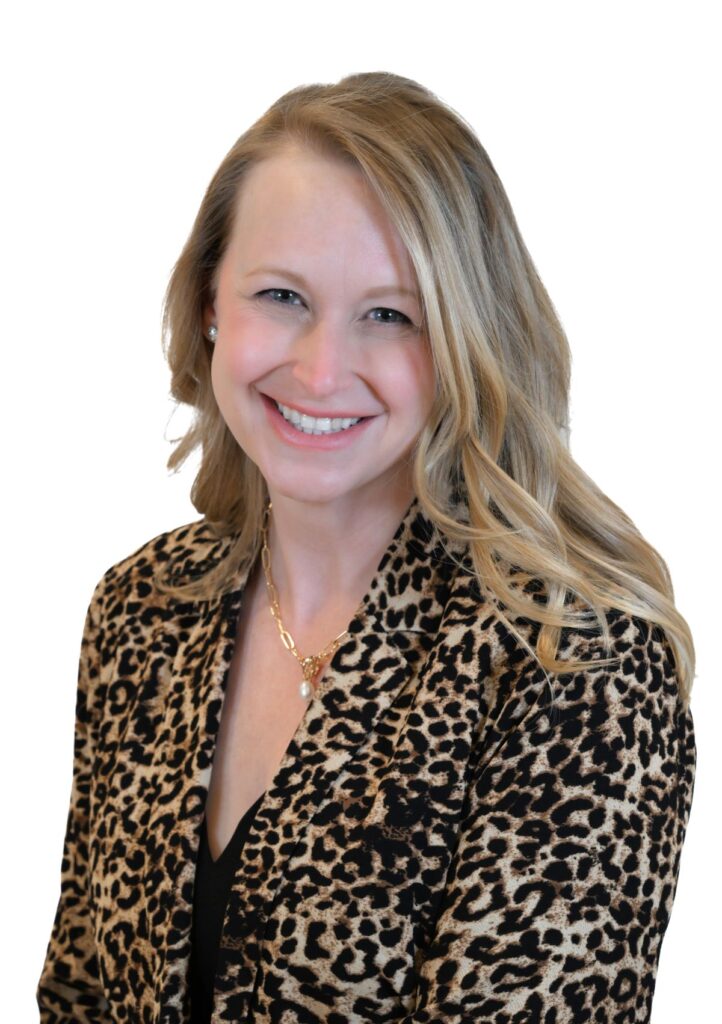What Ellevated Outcomes Does about Inclusion
As you may have picked up on last week, I’m in a somber mood right. My emotional cycles never seem to match up to anyone around me, so it comes as no surprise (to me, at least) that while most Americans are celebrating Labor Day weekend, I’m kind of in a spiral, overwhelmed by the change in PESTEL conditions around us. Eh, but upon reflection, doesn’t seem that crazy for Labor Day. But I digress…
The “S” in PESTEL stands for social factors, which are vast right now (understatement). And in the U.S. they’re rightly and overwhelmingly about race. Though you may not guess it just from looking at a photo of me or knowing my aesthetic preferences, race and inclusion has been disproportionately important to me for a long time.

I credit going to a public high school that was only 10% white and had a daycare for its students’ (my peers) kids. During college, taking the subway and bus, passing through the “bad” parts of Philadelphia to my internship – one time getting spit on for not belonging on that side of town. Being in the middle of downtown Kingston, Jamaica and starkly realizing, “I am a minority here.” And in a professional sense, having bosses and sponsors who are role models for inclusion, like Annmarie and Ivy (who you’ll hear more about next week).
This lucky set of experiences is part of me, and somehow had to be woven into Ellevated Outcomes from day one. Last week, I shared my brain swirl on our current social conditions. And I said that this week I’d be telling you what we have wired into our company to do our tiny part. And please don’t think I’m saying, “we got it; done!” I share in case these are inclusion ideas that are helpful for you to adapt. Some of this stuff is easy to overlook because of our unconscious biases and because it takes intention and effort.
1. We talk about it. A lot.
Recently, during our Friday team meeting, Sarah gave me one of the greatest compliments she could have. A couple week’s prior, she had told us that her friend Dr. JPop had a lot of unexpected (but deserved!) success with her talk on Anti-Racism & Allyship. We chatted about it, and I said, “Great! Send us a link, and whoever wants to watch it, charge it to the company.”
So a couple weeks later when we came back around to talk discuss what we learned from it, Sarah paid us the extremely deep compliment, “Thank you for being a place where I can share something like this openly at work. It’s not safe in most work places to do that…” My naive mind was blown by this last statement, but my heart melted with appreciation.
2. We give 5% of our profits to charities, aligned with our values of integrity, inclusion, and honesty.
The fun upgrade that we’ve begun this year is asking a client to select the charity, each quarter. We get to learn about new causes, as well as nearest and dearests’ experiences and passions.
3. We hire and fire clients, based on our values.
As you’ve guessed or heard me say, inclusion is, in fact, one of our values. So we make deliberate decisions about who we work with, reflecting this and our other values. The first time I spoke to Dr. Joel Salinas, he kindly suggested that we add the pronoun “them” to our prospect questionnaire to be more inclusive. I knew immediately that we needed to work with someone who’d open our eyes to things like that.
And on the other hand, we’ve gotten tight and light ourselves this year and have non-renewed and fired clients who were starkly in violation of our values. To us, values are not mushy. They are decision-making criteria for our business.
4. We are building a company, not a club.
I take these words from a heavy, heartfelt conversation with TJ Ojehomon, back in June.
A couple years ago, I contracted a woman to do an important project for us, which was a significant investment at the time. Her skills are absolutely top-notch, and she was the perfect fit for the work we needed. But one day I took her to a client’s office and noticed something that horrified me.
She was like my mini-me. Our look, our experiences, and our ambitions were freakishly similar. I understand that that’s what most people want, whether they know it or not. But that couldn’t be further from inclusion in my eyes. I don’t want a club of Julies (can you imagine what an uptight world? Gah!). We are building a company, not my own little cozy club of comfort.
Along the same lines, TJ generously gifted us resources of where to find diverse candidates when hiring. It’s a list that we constantly refer back to and we pass onto clients when they’re hiring.
5. We build income, assets, & equity for our people.
This is such an important, overlooked one that’s a big problem in small and large businesses. And it’s a huge – dare I say the most severe – blind spot for white employers. There is an income gap between white people and minorities in the U.S. (I think / hope that’s common knowledge by now).
In 2016 white people earned 74% more income than black people. That’s bad, yes. But you know what’s really bad? We have 850% more in net worth than black people. That zero is not a typo. It’s 850%*. And you know me: I love my comfy life and pretty things! I don’t want less; but I do want other people to have more.
Net worth includes cash that comes from income, but it also includes assets and equity (think real estate, retirement accounts, stocks). Salary isn’t the only piece of the equation; (depending on what level one is at), it’s not even the most important part. Assets are the piece that have fueled the divide over generations.
So what do we, a baby small business, do about it?
Income. This is another topic for another day; but in short, pay rates are set incorrectly 80%+ of the time. In a western economy, they’re based on two things: the market and a candidate’s prior experience and pay. Ever had a headhunter call you and ask what you’re making?
And I admit: this system was very convenient for me in a former life. But what’s missing from this standard? The value of the work that new employee is being hired to do! The question should be,
How much value are their work outcomes adding to your business?
Our answer to this problem has been to set a standard way that people get paid (myself included) and draw the precise road map to making more money. It’s objective, clear, and pays someone for the value of the work. Assuming that we use TJ’s suggestions for sourcing candidates and hire for aptitude, not experience, this is one way to play our small part in the income divide.
Assets. We gift W-2 employees a SEP IRA. After much research and analysis, I chose that as our retirement plan because it mandates that the employee doesn’t have to contribute to receive the benefit and that everyone receives the same. The company pays each person’s future self 5% (myself included), and it’s truly a gift; it’s not a matching plan so no one has to contribute themselves.
What does this really mean? We gift employees retirement funds that they own fully; it’s their asset. And at my last calculation, this asset on its own, passively, will reach half a million dollars by retirement, if they choose to maximize their income road map**.
Equity. Lastly, it’s on our business plan road map to put an ownership plan in place so that anyone who becomes a dedicated, contributing, long-term employee will have equity in our business.
If all this sounds like a little much, who knows, maybe it is. (And conversely, maybe it’s not enough). Multiple business owner friends have cautioned me about giving away too much, too soon. That I’m bound to get burned. But if we stick to the plan, the math does work; and this downright feels like the right thing to do. But we’ll see. Maybe I’m wrong and I will get burned. But today, I still feel confident in the approach because alongside inclusion, abundance is one of our values too.
If it seems surprising or a left turn that a conversation about inclusion, focuses on and is punctuated by money, please consider this: money is the key. Money is power. Power lets us control our boundaries, our health, and our lives. And to that end, I read a resonant quote yesterday; and I challenge anyone who’s game to reflect on it with me:
Instead of asking a multi-millionaire how many millions they’ve earned, ask how many millionaires they have created.
Dave Ulrich


